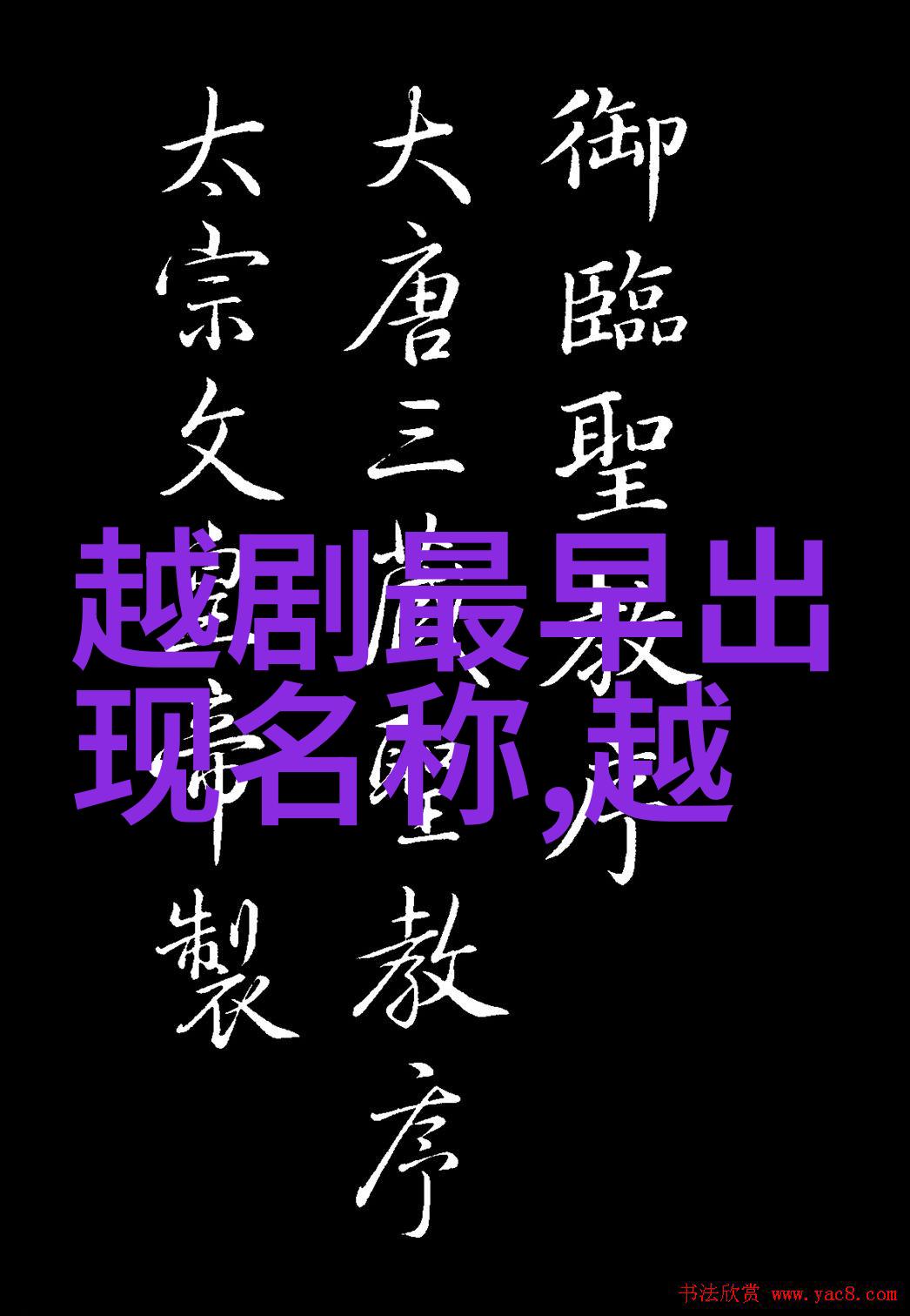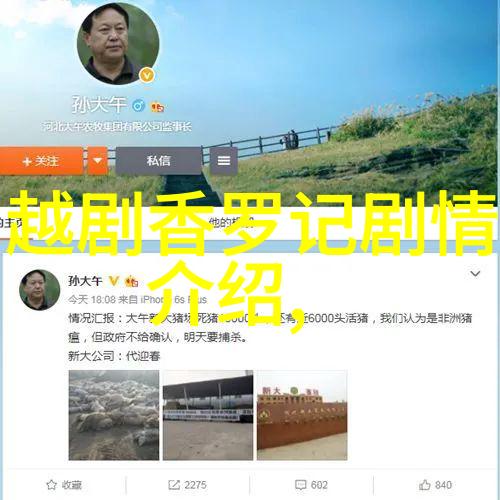Introduction
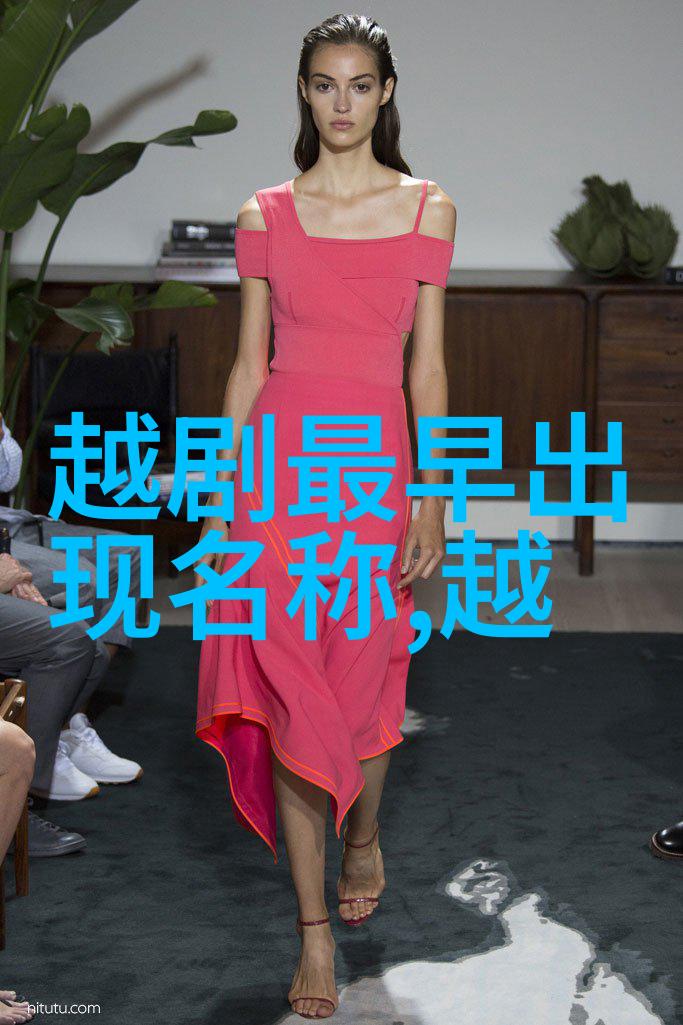
In the bustling city of Shanghai, there exists a centuries-old art form that has captivated audiences with its unique blend of music, dance, and storytelling. This is Yue Opera, also known as Shaoxing Opera or Shengjiang Opera. With its rich history and captivating performances, it is no wonder that Yue Opera has gained international recognition and admiration.
The Origins of Yue Opera
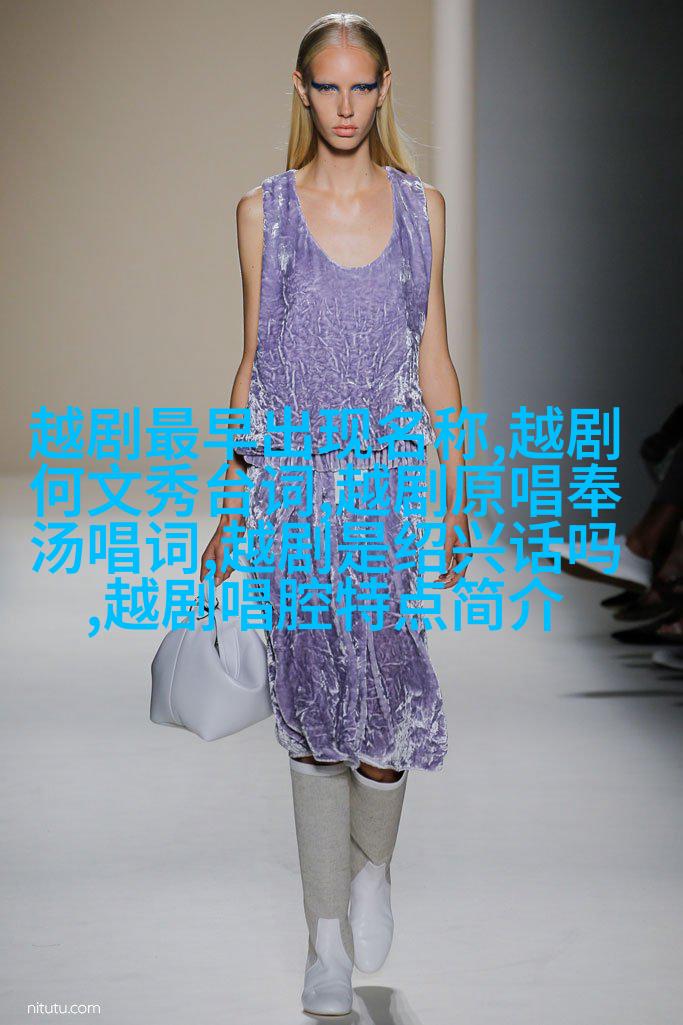
Yue Opera originated in the Song Dynasty (960-1279 AD) during the Southern Song period. It was initially called “Shaoxing Tanci” or “Tanci,” which translates to “narrative singing.” Over time, it evolved into different forms such as Peking opera and Cantonese opera but retained its distinctive characteristics.
Characteristics of Yue Opera
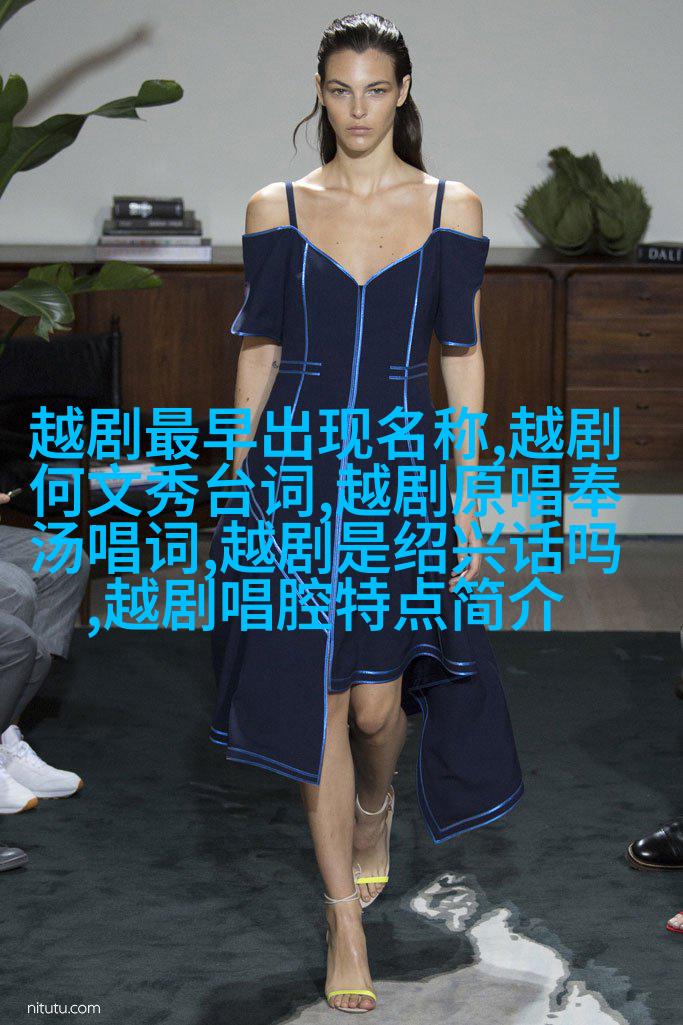
One of the most striking features of Yue Opera is its use of traditional instruments such as the pipa (lute), erhu (two-stringed fiddle), sheng (free reed instrument), sanxian (three-stringed lute), dizi (bamboo flute), guqin (zither-like instrument), and yangqin (dulcimer). The performers wear elaborate costumes adorned with intricate embroidery and makeup designed to highlight their facial expressions.
Types of Roles in Yue Opera

There are several types of roles in Yue Opera including:
Sheng (): Male lead role.
Dui (): Female lead role.

Waihou (): Supporting male role.
Wailou (): Supporting female role.
Jingying (): Clown or comic character.
Xiaojing (): Young male supporting actor.
Roles are categorized based on vocal range, acting skills, dancing abilities, martial arts skills, acrobatics skills etc., making each performance unique.
Performance Structure
A typical performance begins with an introduction by a narrator who sets the scene for the story being told. The main scenes are then performed by actors dressed in elaborate costumes using various techniques like singing-song-dance combination accompanied by musical instruments creating an immersive experience for spectators.
The Plot Development & Themes
Yue operas often draw from historical events or legends from Chinese folklore. They explore themes like love between two individuals belonging to different social classes; loyalty among friends; betrayal within families; power struggle between emperors; conflict between good vs evil forces etc., all presented through highly stylized movements and dramatic dialogue delivery involving multiple actors performing simultaneously on stage while maintaining harmony amidst chaos.
Conclusion
In conclusion,
the world-renowned art form – YUE OPERA offers a glimpse into China’s rich cultural heritage through narrative songs sung along with precise hand gestures/movements accompanied by traditional musical instruments set against colorful backdrop & exquisite costumes making it one-of-a-kind theatrical experience worth cherishing forever!

